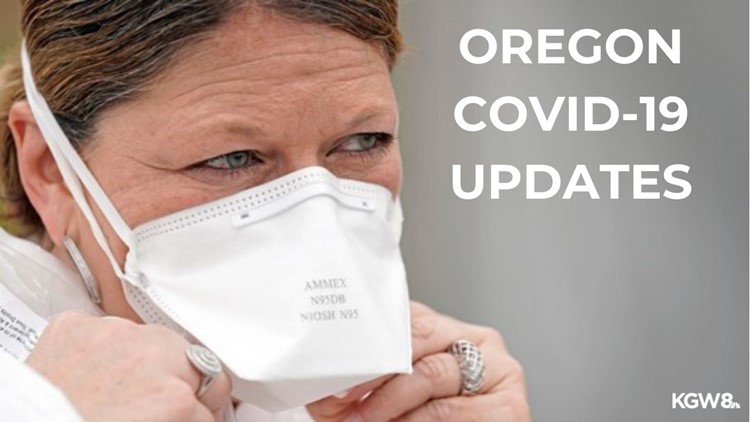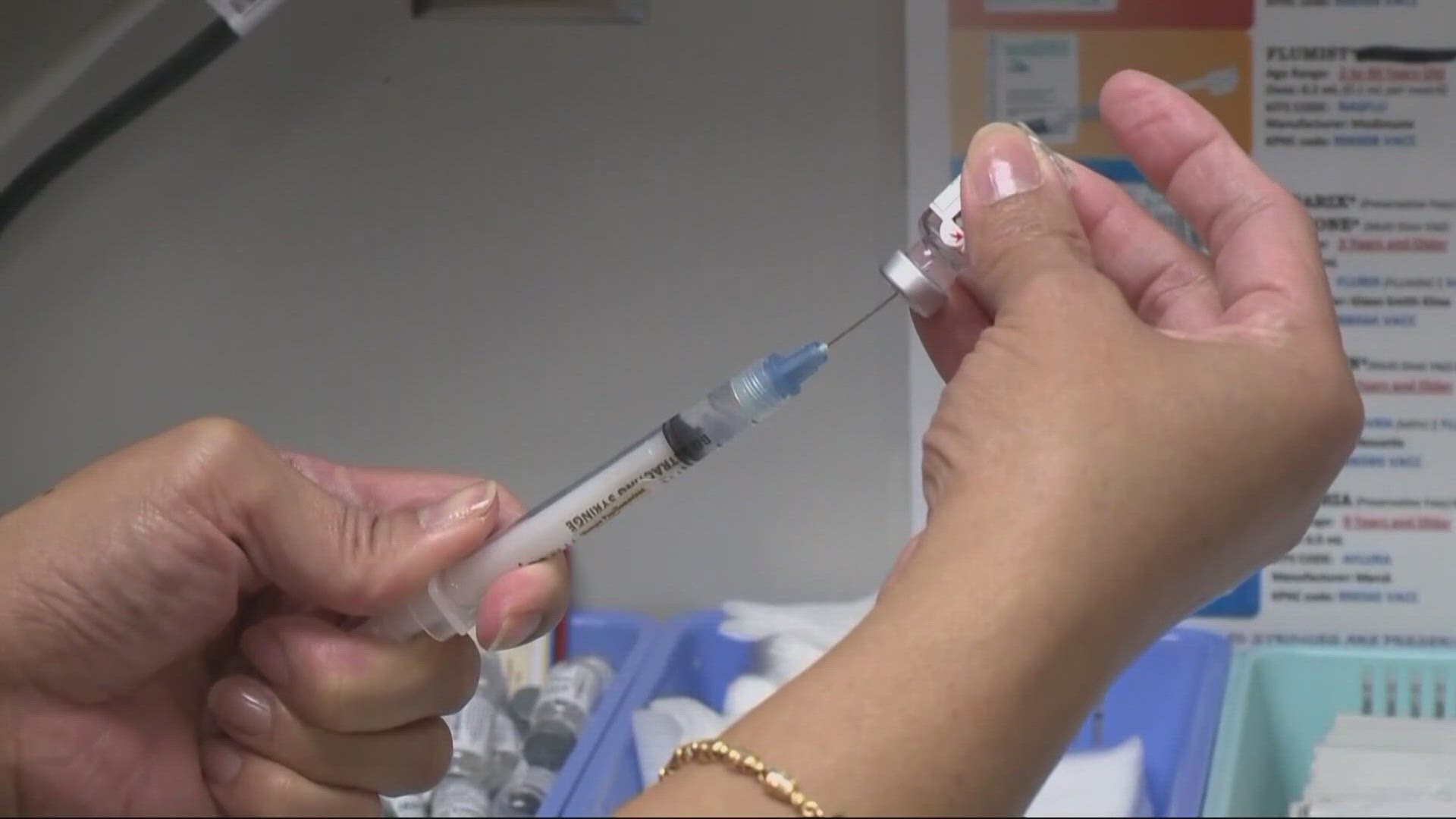PORTLAND, Ore. — Coronavirus cases in Oregon continue to decline in Oregon, as the state's health authority reported Wednesday a 13% decrease in the weekly case count from the previous week.
The rate of positive tests also declined from 5.4% to 5.1%. One of the requirements that must be met in order for school's to reopen to in-person teaching, according to guidelines issued by Gov. Kate Brown, is that Oregon's testing positivity rate must be 5% or less.
The spread of the deadly disease has decreased since July, but authorities say the number of cases is still too high for students to return to school. Experts said the average amount of daily cases would need to decrease from about 250 to 60.
Last week, Gov. Kate Brown urged Oregonians to continue to follow and enforce current statewide COVID-19 safety mandates, including wearing masks inside public spaces and outside where physical distancing cannot be maintained.
If cases do not decrease, Brown warned that she may have to implement further safety measures, including closing bars and restaurants and travel restrictions.
The state’s total case count, since the start of the pandemic, increased Wednesday to to 25,571. In addition there were six COVID-19 related deaths, raising Oregon’s death toll to 433.
More than half of the state's coronavirus related deaths are connected to current and past outbreaks in care facilities, senior living communities and congregate living settings, based on data from the Oregon Health Authority's report that is updated weekly.
While older adults, and people with existing health problems, are at a higher risk of death due to COVID-19, the age group that has the most cases of coronavirus in Oregon is 20 to 29.
Last week, Oregon Health Authority officials also announced that they had secured supplies to process more than 400,000 COVID-19 specimens tests — increasing the capacity of testing by 20,000 additional tests per week.
Oregon Health Authority officials will provide a weekly update on COVID-19 in Oregon at 2 p.m. Thursday.
Other parts of the state, such as Corvallis, are using sewer surveillance to comb community wastewater systems for genetic evidence of the virus that causes COVID-19.
The surveillance “cannot put an exact number on how many people are infected, but it can act as the bloodhound that sniffs the virus out,” officials said.
On Wednesday, Oregon State University announced that it received a $1.2 million grant from the health authority to expand its Coronavirus Sewer Surveillance project.
The university's College of Engineering will sample and analyze sewage weekly from 43 treatment plants around Oregon for the next 30 months. The survey includes every plant outside of the Portland metro area that serves at least 6,000 people.



